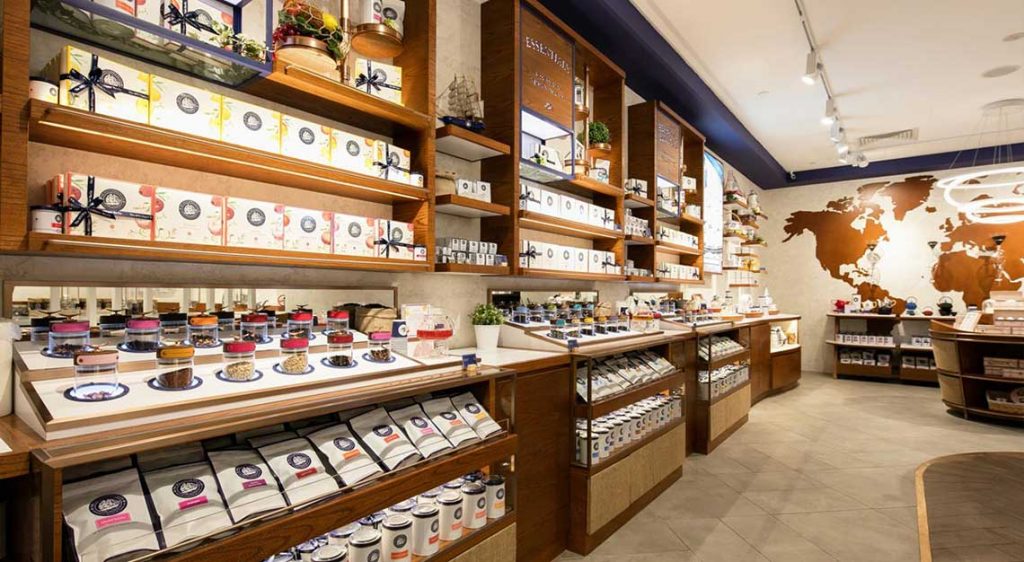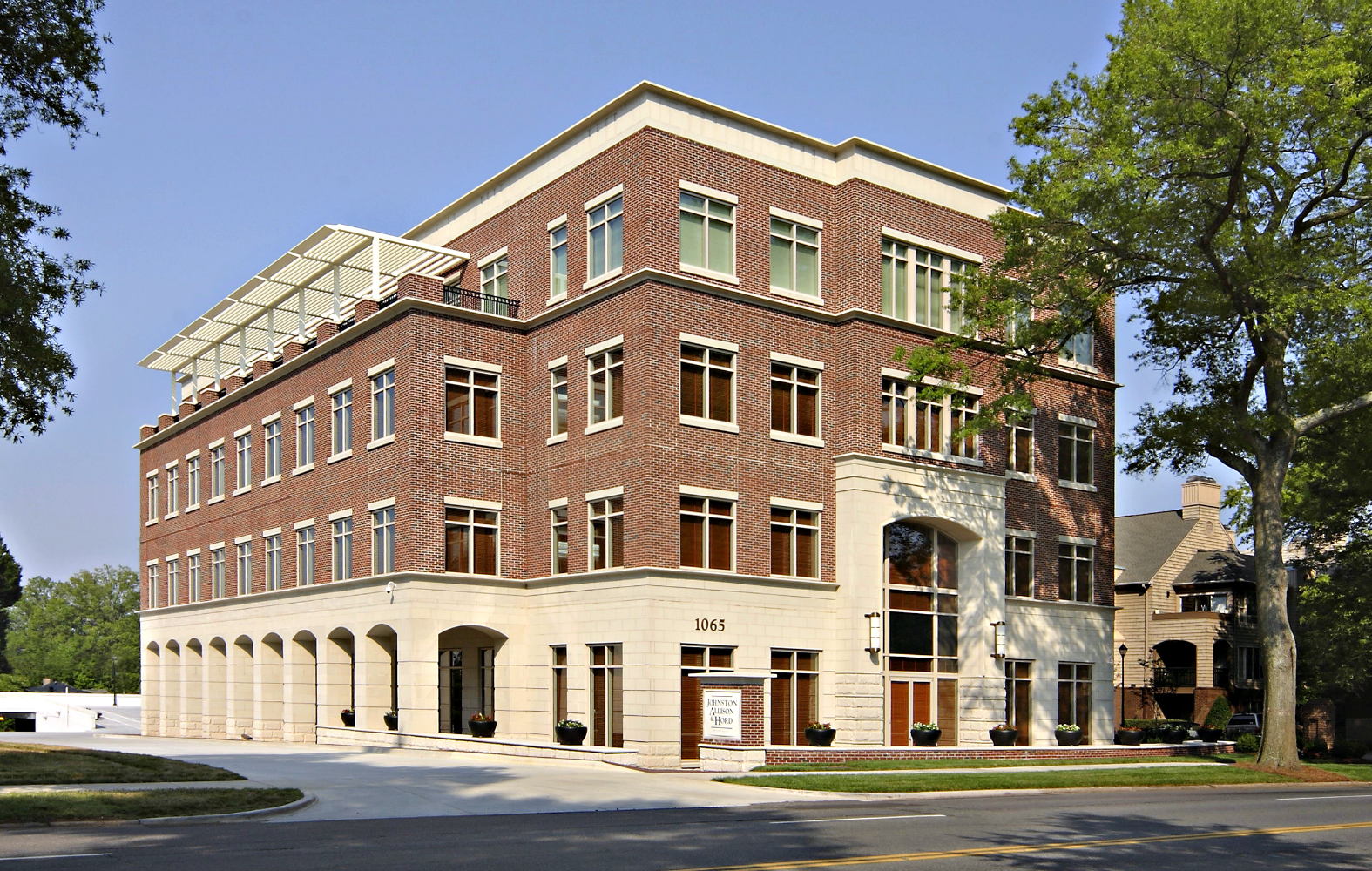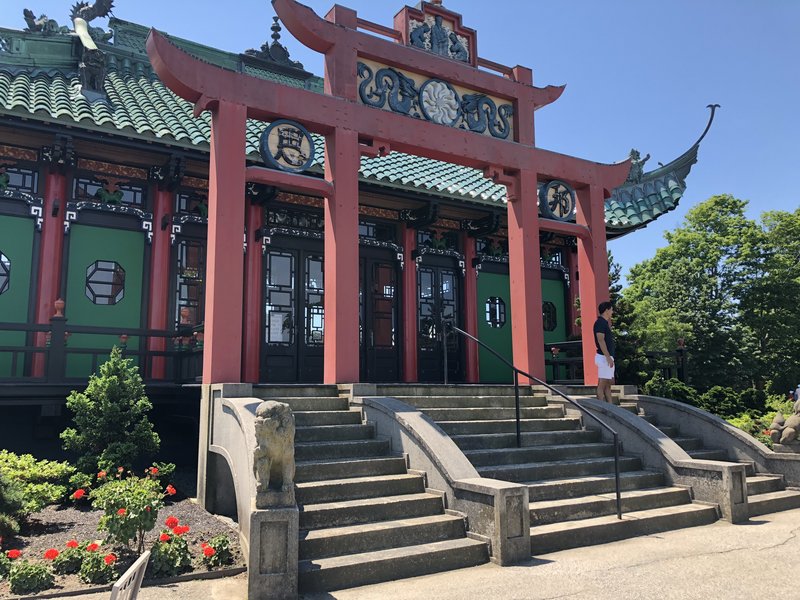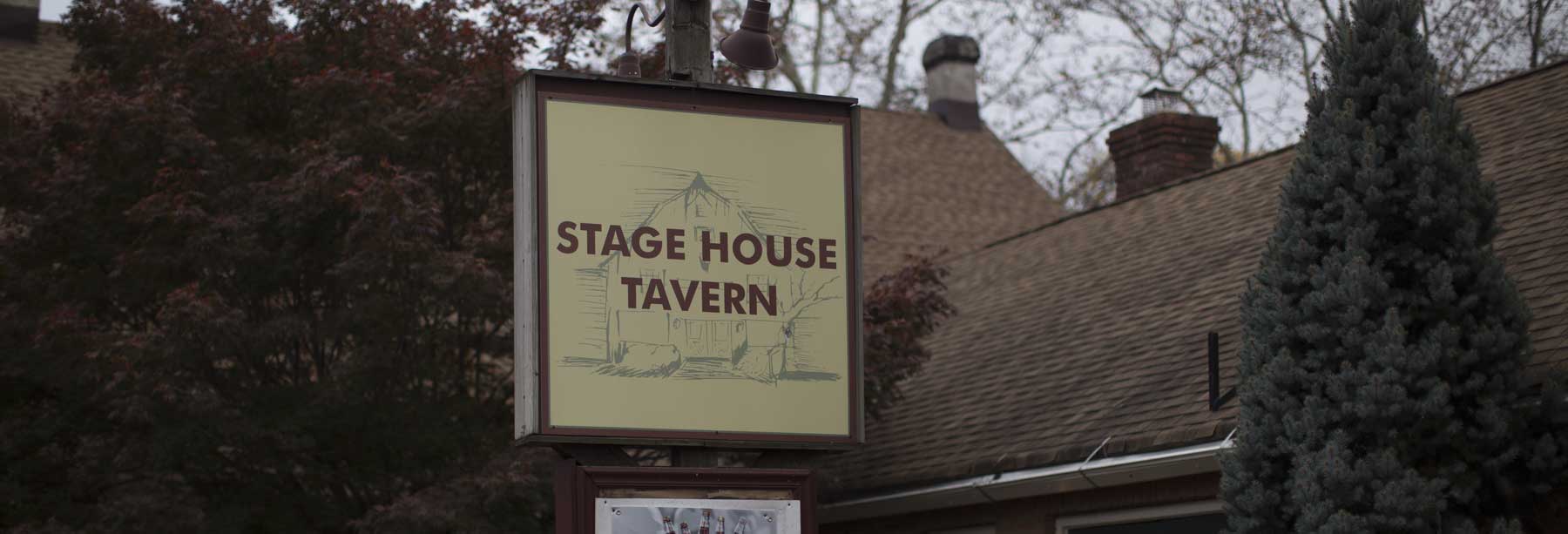Table Of Content

Chinese Chan (similar to Japanese Zen) philosophy is also linked with drinking tea. According to Chinese tradition, members of the younger generation should show their respect to members of the older generation by offering a cup of tea.[17] Inviting their elders to restaurants for tea is a traditional holiday activity. Newly married couples serve tea to their elder family members.

The Justice Cup
And an artist-in-residence program ensures that Liu Fang Yuan constantly inspires new works of music, drama, and art. These programs and more are coordinated through The Huntington’s Center for East Asian Garden Studies, promoting innovative scholarship on the traditions of garden-making in China, Japan, and Korea. The English tradition of taking a midday pause to refuel with crustless sandwiches, warm scones, and freshly brewed tea is alive and well in Los Angeles. From posh establishments that follow formalities to local spots that hit all the cozy notes, here now are 16 lovely places for afternoon tea in Los Angeles this holiday season. In 2020, federal courts blocked an executive order issued by then-President Trump to ban TikTok after the company sued on the grounds that the order violated free speech and due process rights.
curved bridge corridor links two historic houses on chinese lakeside - Designboom
curved bridge corridor links two historic houses on chinese lakeside.
Posted: Wed, 18 Oct 2023 07:00:00 GMT [source]
Rose & Blanc

A common feature in traditional Chinese architecture, courtyards play a crucial role in the design of tea houses. The courtyard serves as a transitional space, connecting the interior of the tea house with the surrounding nature. Often adorned with plants, water features, and strategically placed rocks, the courtyard enhances the overall aesthetic and provides a peaceful retreat for tea enthusiasts. Traditional Chinese tea houses are often situated in serene natural settings, such as bamboo groves, gardens, or overlooking scenic landscapes. The architecture seamlessly integrates with the surrounding environment, creating a harmonious relationship between the man-made structure and the natural world.
Chinese tea culture
Particularly prized individual specimens, like the towering stone near the teahouse, Patching Up the Sky (Bu Tian 補天), were seen as embodying energy-like ethers, or qi. Liu Fang Yuan 流芳園, the Garden of Flowing Fragrance, is one of the finest classical-style Chinese gardens outside of China. Filled with Chinese plants and framed by exquisite architecture, the landscape is enriched with references to literature and art. Visitors can find both physical relaxation and mental stimulation when exploring the dramatic 15-acre garden. Roughly since the Tang dynasty, drinking tea has been an essential part of self-cultivation.
Reservations
Yunnanese tea houses may also feature open terraces, allowing patrons to enjoy tea with panoramic views of tea plantations. The layout of a traditional tea house typically includes various tea rooms or pavilions, each serving a specific purpose. There may be rooms designed for solitary tea-drinking, communal spaces for group gatherings, and pavilions offering panoramic views. The segmentation allows for a diverse range of experiences, catering to both intimate moments of reflection and social interactions.
Architectural Elements of Traditional Tea Houses
The architectural experience of traditional tea houses extends beyond the physical space to the ritualistic aspects of tea preparation. The intricate process of brewing and serving tea is an art form in itself, and tea houses take great care in preserving and presenting these traditions. Santa Monica isn’t exactly known for its upscale afternoon tea offerings, but this design-forward hotel is changing that with a modern afternoon tea service inside Palma, the Proper’s lobby restaurant. Designed by Kelly Wearstler, the impossibly chic space features unique floral arrangements and plenty of seating arrangements to choose from. While the tables that border the elongated booth by the window catch the most light, larger parties can opt for the secluded alcoves or one of the lower-slung coffee tables. Each service includes a glass of Veuve Clicquot or a non-alcoholic sparkling wine, plus scones, sandwiches and a rotating array of sweets that put a California spin on classic flavors.
Fairmont Miramar - Hotel & Bungalows
This harmony is not only visual but extends to the overall experience, allowing patrons to connect with nature while savoring their tea. Such events are known as tea ceremonies, and each one is unique and symbolizes something valuable. For example, a tea ceremony held during a wedding shows respect to older generations. Those traditions spread from China to the world, and many people have tea ceremonies as a way to celebrate gatherings and enjoy their time together. Kids and adults alike will have a ball at Dream Come True Tea & Party Room located in Bixby Knolls.
Tea Ceremonies:
Note that Rose Tree Cottage requires a proper dress code and only takes afternoon tea reservations a week in advance—and strictly over the phone. Pasadena’s understated Callisto Tea House serves two options for afternoon tea service on Saturdays and Sundays from 10 a.m. The standard menu is priced at $27.50 and includes three savory vegan toasts, a scone with cream and jam, a cupcake, and a pot of tea. For parties of two, Callisto prepares a $65 menu with gong fu service. It includes everything on the regular afternoon tea menu plus traditional Chinese tea service where tea is brewed twice at the table in a small clay pot. The different ways of brewing Chinese tea depend on variables like the formality of the occasion, the means of the people preparing it, and the kind of tea being brewed.
Some traditional tea houses embrace technology to enhance the overall experience. Interactive screens may provide information about the origin of tea leaves, the brewing process, and even virtual tours of tea plantations. This integration of technology allows tea houses to educate and engage visitors while staying true to their cultural roots.
And 4 p.m.; reservations are taken by telephone a week in advance. China’s vast and diverse landscape has given rise to regional variations in tea house architecture. Each region, influenced by its climate, topography, and cultural heritage, has developed a unique approach to incorporating tea into its architectural identity. The stones found throughout Liu Fang Yuan are a type of limestone traditionally harvested from the bed of Lake Tai near Suzhou; today, they are quarried in various regions of China. For more than 1,200 years, these rocks have been renowned for their strange shapes and many holes.
When tea is drunk with a tea set that looks ornamental, people's mood will become pleasant; when the teaware is not so ornamental, people's pleasure in drinking tea will be reduced. Secondly, the visual effect of the teaware affects people's expectations of the bitterness of the tea.[24] The better the teaware, the more bitter people will think the tea is, and the more bitter the tea is, the better the tea is. So the teaware also influences people's judgment of the value of tea when no price information was provided. The practice of drinking tea was considered to be an expression of personal morality, education, social principles, and status. The price of tea ware varies depending on the material and quality of it.
Out of habit, he wanted to kneel and bow to express his thanks to the emperor, however he could not do this since that would reveal the emperor's identity. Instead, he tapped the table with bent fingers to represent kneeling to the Emperor and to express his gratitude and respect. In this sense, the bent fingers supposedly signify a bowing servant. Suzhou gardens were never static spaces, and neither is Liu Fang Yuan.
Ancient Chinese scholars used the teahouse as a place for sharing ideas.[25] The teahouse was where political allegiances and social rank were said to have been temporarily suspended in favor of honest and rational discourse. It is a paradise for tea lovers, but also a place for people to rest, recreation and socialization. Likewise, the teahouse is a microcosm or window of society, Chinese teahouse has a long history, as early as the Tang Emperor Xuanzong period, only then not called the teahouse called "tea store". The leisurely consumption of tea promoted conviviality and civility among the participants. The teahouse is not only a minor by-product of Chinese tea culture; it offers historical evidence of Chinese tea history.
After UMG pulled its catalog from the app and as political pressure - or even a domestic ban - threatens its viability, artists and their creative and business teams are pondering a world without it. The House has passed legislation that would ban TikTok in the United States if the popular social media platform’s China-based owner doesn’t sell its stake within a year, but don’t expect the app to go away any time soon. Hand-crafted windows are like small works of art—an example of the traditional craftmanship of artisans from Suzhou, China, whose work gives the garden its authenticity and beauty.
The picturesque water towns of Jiangnan, including Suzhou and Hangzhou, are renowned for their classical gardens and traditional tea houses. Architecture in this region emphasizes the integration of water features, with tea houses overlooking tranquil canals or serene ponds. Wooden bridges, intricately carved details, and latticed windows contribute to the timeless charm of Jiangnan tea houses. To understand the significance of traditional tea houses, one must first appreciate the historical roots of Chinese tea culture. The origins of tea in China can be traced back to ancient times, with legends dating as far back as 2737 BCE when Emperor Shen Nong discovered tea accidentally. Over the centuries, tea evolved from a medicinal herb to a staple beverage, with various dynasties contributing to its cultural significance.
It makes use of small Yixing teapots holding about 100–150 ml (4 or 5 fl.oz.), the size being thought to enhance the aesthetics and to "round out" the taste of the tea being brewed. Brewing tea in a Yixing teapot can be done for private enjoyment as well as to welcome guests. Depending on the region of China, there may be differences in the steps of brewing as well as the tools used in the process.





















